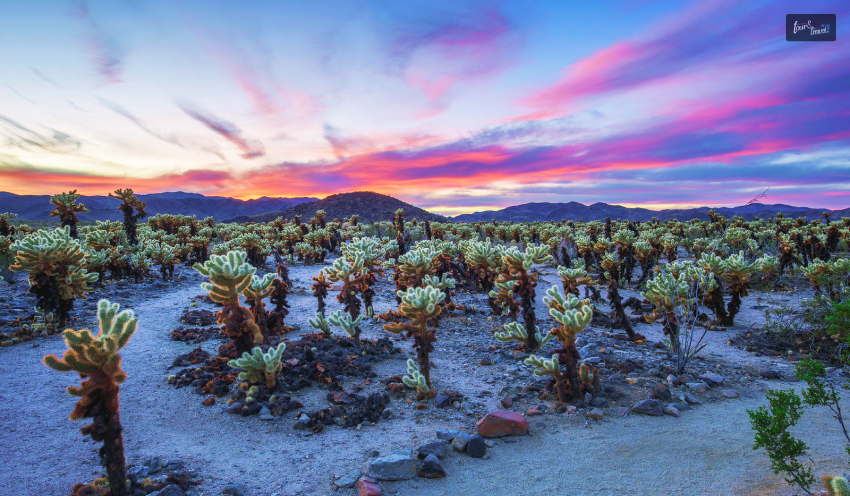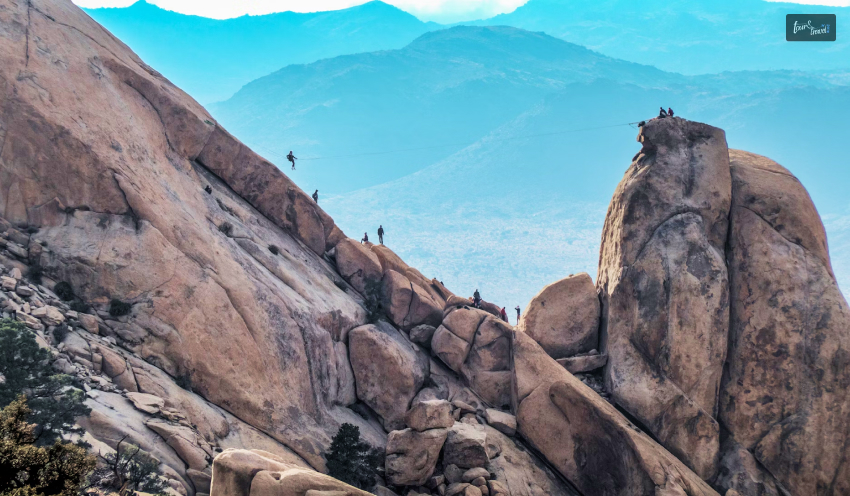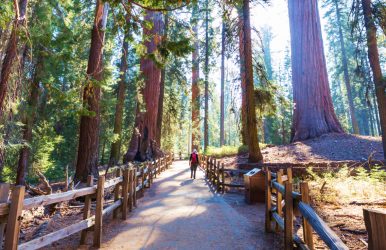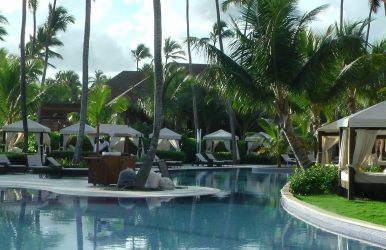Why Is Sequoia National Park Famous? Know The Fun Things You Can Do At This California Wonder
BY Sibashree Dec 18, 2024
Located in California, Sequoia National Park is famous as the home to giant sequoia trees. It is home to the General Sherman Tree, the largest one in the world by volume. Further, it has famous landmarks like Kings Canyon. No wonder that the California National Park is flocked by millions of visitors every year. You can enjoy a drive in the park and enjoy its scenic beauty. However, the best thing to do here is explore the park on foot. Only then will you be able to discover the waterfalls, the true hidden gems. In this context, I must speak of the Tokopah Falls, the tallest in the park. Moreover, the park houses many prominent hiking destinations, like the route to Mount Whitney. So, do you want to know more about the things you can do at the Sequoia National Park? Here is a Tour and Travel guide. Fun Things To Do At Sequoia National Park: Exploring Nature And Its Wonders At Your Own Pace Spread across an area of 1,635 km2, Sequoia National Park in California is a melting pot for many things. You will find the largest mountains, canyons, and falls in one place. The best time to visit Sequoia National Park is between June to September. Exploring the sequoia groves is comfortable during these months. Nevertheless, irrespective of the season you visit Sequoia National Park, you must not miss the following fun things. 1. Hike To The General Sherman Tree There is always a huge queue near the General Sherman Tree. The tallest in the world, this tree comes with a height of 275 feet. Further, it has a width of 36 feet. Tourists gather around this gigantic tree to take photographs, and from there, they take an uphill road. Nevertheless, to reach the General Sherman Tree, you will need to start your journey from the trailhead on Wolverton Road. The route is known as the Main Trail. As you advance in the trail, you will have to walk through the Giant Forest Area, where you will see the tallest sequoia trees and get to learn about their history. 2. Drive Along the Kings Canyon Scenic Byway This spring or summer, you can enjoy a scenic drive by the Kings Canyon Byway. Here, the drive amidst the giant sequoia trees is a surreal experience. Further, on your way, you will find the Boyden Cavern. Boyden Cavern is a hidden gem in Sequoia National Park and as you enter the cave, you will find the presence of stalagmites and stalactites. A drive through the Kings Canyon Byway is full of twists and turns. So, it is a great pursuit for adventurous souls. It starts outside Fresno and takes you to the Sequoia National Park after a drive through the Grant Grove Area. On your way, you can stop at spots like the Grizzly Falls and Boyden Cavern. Tour And Travel Note:The Kings Canyon Scenic Byway was closed due to a devastating fire condition earlier in 2024. Please check with the park authority before you plan this drive at Sequoia National Park. 3. Visiting The Grant Grove Village Within walking distance from the Great Grant Tree, you will reach Grant Grove Village. It has a visitor center. The Great Grant Tree is the second-largest sequoia tree in the world. It is more popular as the Nation’s Christmas Tree, the name given by President Calvin Coolidge in 1926. Further, the village stands out because of the Grant Grove Restaurant. The Grant Grove Restaurant here serves the best lunch, dinner, and even breakfast. Food here is yum and they are all prepared using locally-grown ingredients. Moreover, you can buy beer, wine, and grocery essentials from here. Also, if you are interested in local arts and crafts, you can collect the best souvenirs from here. 4. Camping At Sequoia National Park Camping is the best thing to do at Sequoia National Park if you want to enjoy the best of Sequoia National Park. At Sequoia National Park, camping will cost you between $32 to $80 based on the number of people in a camping group. Further, you will find 14 campsites in the Sequoia and Kings Canyon National Park combined area. In addition, two of the campsites here are open across all seasons. Some campgrounds at Sequoia National Park are: Lodgepole and Giant Forest Campgrounds Foothills Campgrounds Lodgepole and Giant Forest Campgrounds, etc. Camping at Sequoia National Park comes with strict fire restrictions and other regulations. You must adhere to them. 5. Hiking To The Tokopah Falls Tokopah Falls is the tallest waterfall in Sequoia National Park. However, this waterfall, with a height of 1200 feet offers amazing views from different viewpoints because of how it proceeds through cragged routes. It does not fall straight like a curtain like many other waterfalls. However, to reach the Tokopah Falls, you will have to complete a hike of around 3.5 miles. It is an easy route and even suitable for children and beginners. To see the waterfall in its full glory, you will have to visit the waterfall in spring or early summer. In this season, the waterfall is fed by snow-melted water from the mountains. As we approach the fall season, the flow of water in the fall becomes weaker or thinner. Nevertheless, the fall looks beautiful in every season, with gigantic trees and gray rocks surrounding it. 6. Enjoying The Peaceful View Of The Crescent Meadow Taking a walk along the Crescent Meadow is one of the most peaceful things to do at Sequoia National Park in California. Once you reach Moro Rock or the Crescent Meadow Road, you will find the Crescent Meadow in the end. However, you will have to walk for 1.5 miles to reach the grassy meadow, and the lush greenery here will make you forget about the fatigue of hiking. In addition, the wildflowers in the meadow will offer you the warmest welcome. This hiking trail is easy to conquer and ideal for travelers who want to explore the park at their own pace. Are you looking for more exciting things to do at Sequoia National Park? You can hike to Moro Rock or visit the Giant Forest. Also read Why Include Whale Watching In Your LA Itinerary. Traveling On A Budget: Tips For Affordable Adventures. From Cocktails To Kickflips: Must-Try Activities In San Diego.


















